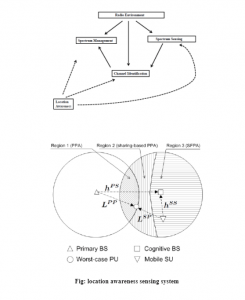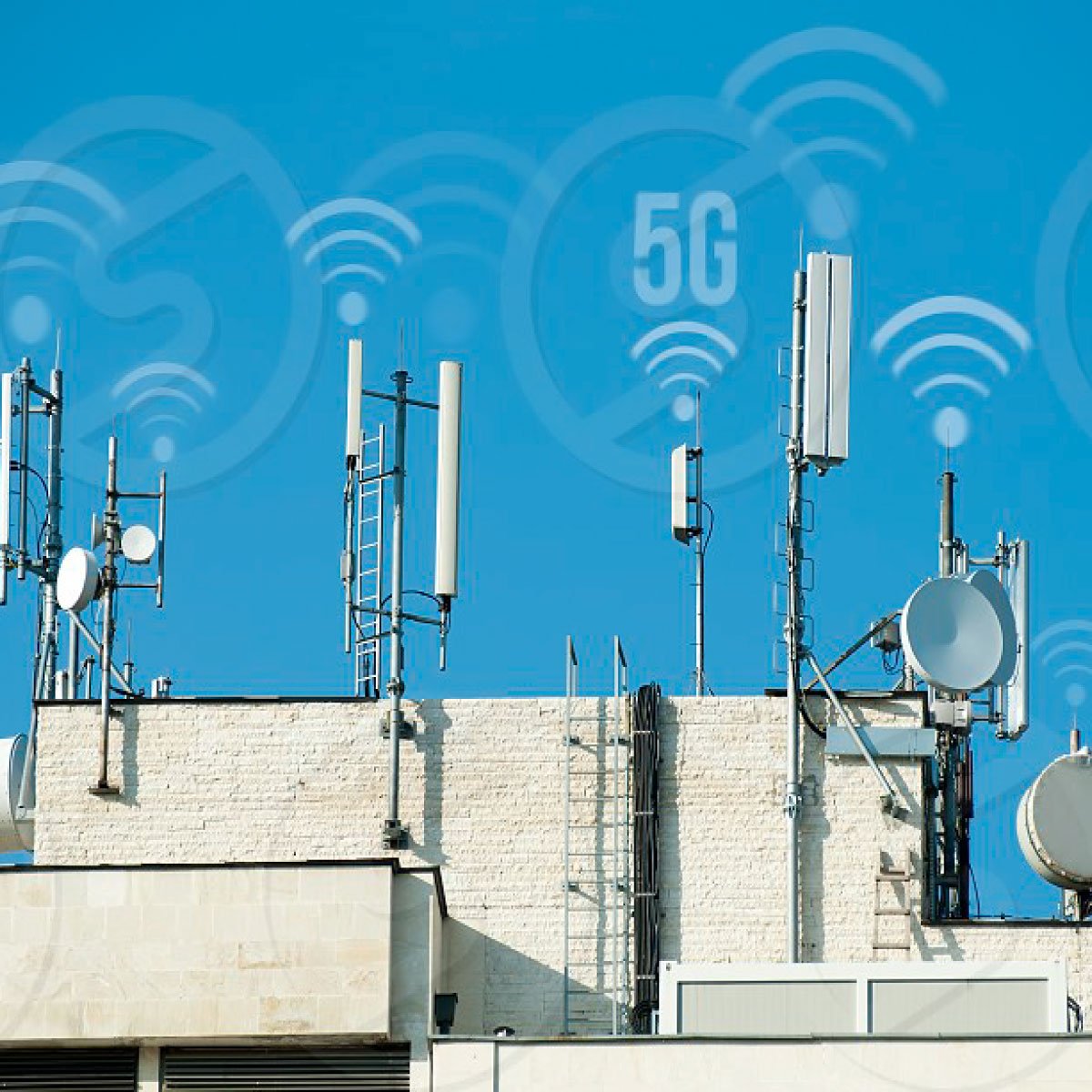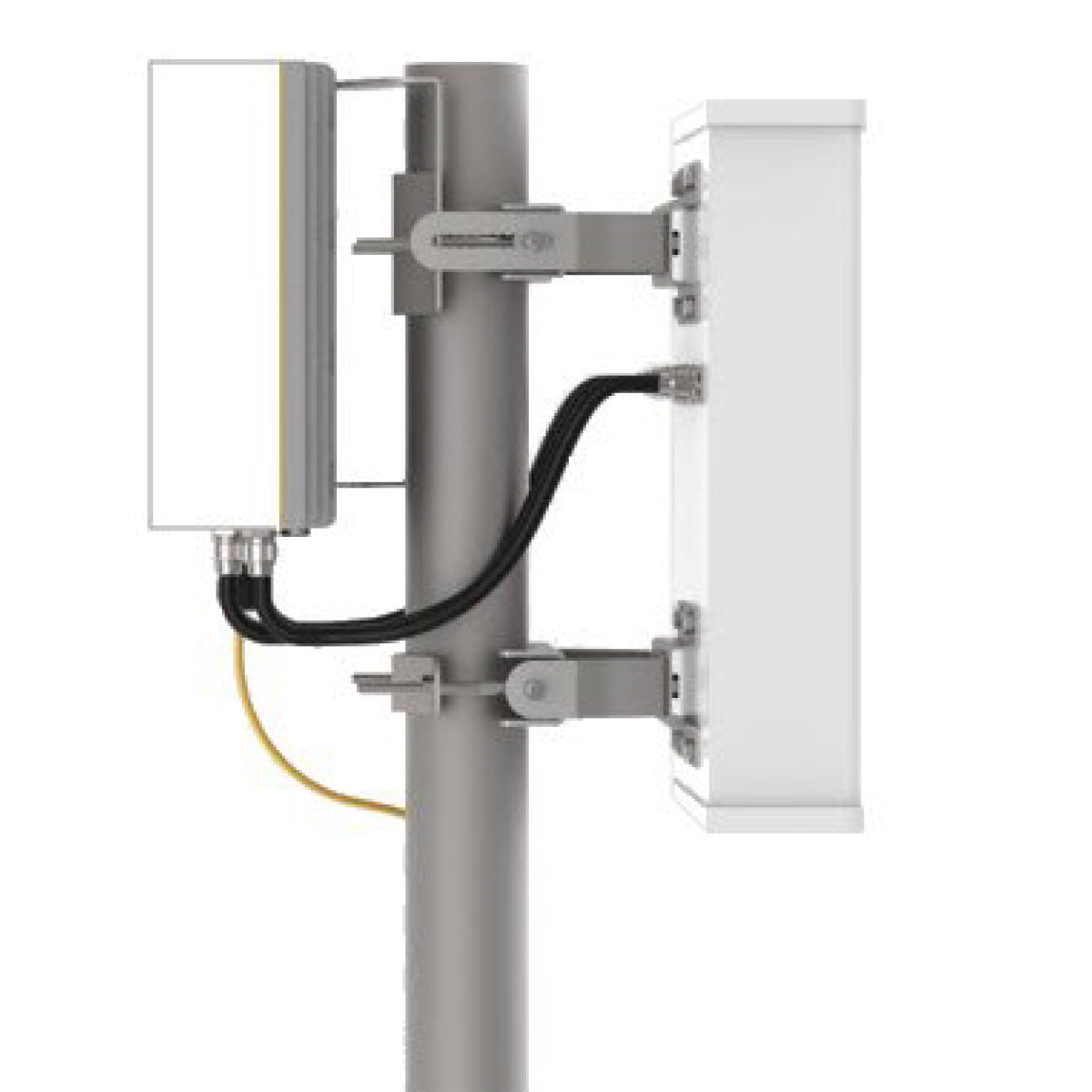Description
Cooperative Spectrum Sensing In Communication System
Abstract:
Cooperative spectrum sensing for cognitive radio networks is recently being studied to simultaneously minimize uncertainty in primary user detection and solve the hidden terminal problems. Sensing wideband spectrum is another challenging task for a single cognitive radio due to the large sensing time required. Sensing and power strategy optimization is important to research topics in cognitive radio systems that hold the promise of advancing green communication. This concept gives us a brief overview of the existing power allocation design in the literature and unifies them into a general power allocation framework. Based on the closed-form solution derived for this general problem, the impact of network topology on the system performance is highlighted, which motivates us to propose a novel location-aware strategy that intelligently utilizes frequency and space opportunities and minimizes the overall power consumption while maintaining the quality of service of the primary system. This work shows that in addition to exploring spectrum holes in time and frequency domains, spatial opportunities can be utilized to further enhance energy efficiency for CR systems. Cooperative Spectrum Sensing In Communication System
Cooperative Spectrum Sensing In Communication System
Existing Method:
- Hard-decision spectrum resource allocation (HDRA)
- Cooperative spectrum sensing
Drawbacks:
- Severe fading over the distant end primary will leads to much loss of bits on the primary receiver so the primary user should take a decision that would lead to efficient secondary network sensing and connection capacity over the particular user.
- Already done technique would lead to abrupt spectrum releasing and continue over the other spectrum sensing is done over the network provided in it to a new network as a secondary user
Proposed Method:
- Location-Aware spectrum Resource Allocation
Block Diagram:

Advantages:
- Spectrum sensing can be done over the network based on a relay leads to a high data transmission rate over the user allocated
- Lowers the spectrum sensing time over the network provided in the sensing
- User will be able to transmit the data without any eavesdropper’s attack under the network it is available in the sensing area
Applications:
- Hospital ambulance and urgency aware service scheme systems can apply this technique in their user equipment topology
Software Requirement:-
- MATLAB 7.8 or above versions
References:-
[1] J. Mitola, “Cognitive radio: an integrated agent architecture for a software-defined radio,” Ph.D. dissertation, 2000.
[2] S. Haykin, “Cognitive radio: brain-empowered wireless communications,” IEEE J. Sel. Areas Commun., vol. 23, no. 2, pp. 201–220, 2005.
[3] Q. Zhao and M. Sadler, B, “A survey of dynamic spectrum access,” IEEE Signal Process. Mag., vol. 24, no. 3, pp. 79–89, 2007.
[4] A. Ghasemi and E. S. Sousa, “Fundamental limits of spectrum-sharing in fading environments,” IEEE Trans. Wireless Commun., vol. 6, no. 2, pp. 649–658, Feb. 2007.
[5] L. B. Le and E. Hossain, “Resource allocation for spectrum underlay in cognitive radio networks,” IEEE Trans. Wireless Commun., vol. 7, no. 12, pp. 5306–5315, Dec. 2008.



































































































































































































































































































































































































































































































































































































































































































































































































































































































































































































































































Customer Reviews
There are no reviews yet.